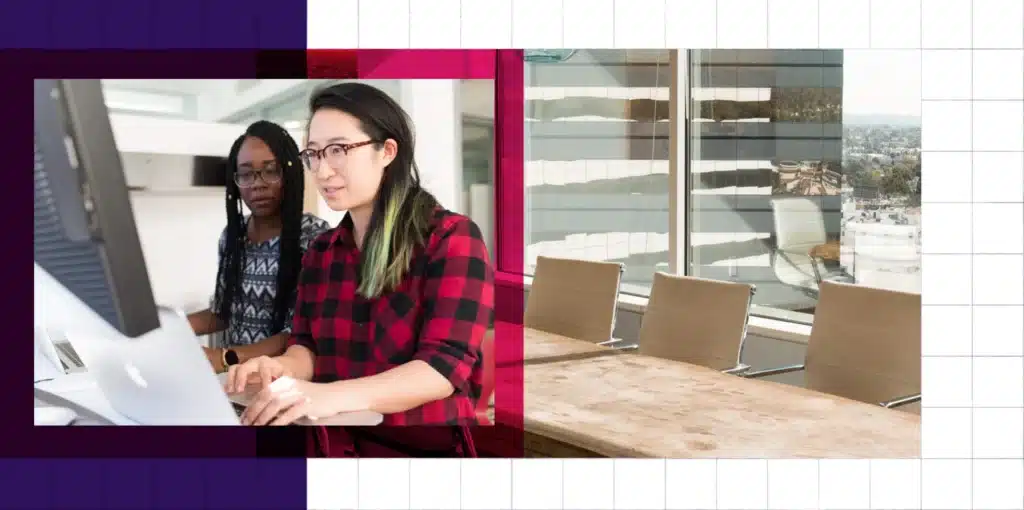Linda Rodriguez is full professor at the University of Puerto Rico-Mayagüez, teaching Caribbean literature, creative writing, and film in the Department of English. She completed her MA and PhD at the University of Michigan-Ann Arbor. Here, she explains the value of office hours to students—and how to make sure you help them get the best out of your time
Even though my student days pre-date the digital revolution, I enjoy keeping in contact with my students through e-mail and platforms like Top Hat.
Yet, thinking about my journey to becoming a professor, I still consider one-on-one meetings during office hours with students very valuable. It was as an undergraduate at Georgetown University that my dream to become a university professor took shape, but I was a shy Hispanic in her early 20s and neither of my parents had gone to graduate school. In fact, my mother had left school at 16. My professors became my mentors, and gave me the reassurance I needed to embark toward my goal.
But accepting my professors as allies in my journey was not that simple either. Looking back, I see that one of the major obstacles I had to overcome to apply to graduate schools was requesting letters of recommendation. I did not regularly make use of office hours and I was dreading walking into my professors’ fortress-like realms. Back in the 1980’s we were not all digitally connected, so this meant finding out when my professors had scheduled office hours and sitting down to speak with them across one of those old, massive desks that populate academic offices and now make me think of the all-but-unbreachable fortresses in Game of Thrones.
Finally when I entered their offices and spoke with them, my professors were happy to talk to me about graduate programs and write the letters I needed to continue on my journey. Making the effort to communicate with my professors made all the difference in my life, and now I aim to be there for her students to mentor them on their own journey. So how do I get students to visit me in my office so we can have friendly and productive one-on-ones?
Enjoying this post? Want to learn how to make teaching fun and effective?
Subscribe to Top Hat’s weekly blog recap:
Tell your students how you prefer to be addressed
The first day of class is a great opportunity to open communication channels. This is when I briefly tell my students about my journey to becoming a professor and why I’m interested in Caribbean literature, creative writing and film. This is also they day that I discuss the syllabus, which needs to clearly show how I prefer to be addressed.
In general, make sure that at the top of the first page of your syllabus you include your full name and title you prefer, such as “Professor” or “Dr.” Moreover, choose to be proactive and openly tell your students how you would like to be addressed. This should make future communications go more smoothly.
Sometimes as the semester progresses, some students will use my first name to address me. The important thing here is to try to evaluate why students might do this. Mostly it is because now they see me as a friend and being a friend is part of being a mentor. So I tell them that it is nice to be considered a friend, but that they should still address me by my professional title. This clears the way for a more enjoyable and productive experience during the final, and often most hectic and stressful, weeks of a semester.
Tell your students how to email you
Students are probably not aware that often we teach several sections of the same course. For example, each semester I teach two sections with 60 students of my film class, Angels, Vampires, and Monsters, plus a regular section of 30 students of Creative Writing: Fiction or Poetry Writing. I’ve decided that the best policy is to be open with my students and tell them that to me the start of each new semester feels like suddenly receiving 150 new friend requests on Facebook! They get that.
Then I tell them that when they email me to always include their class name and section in the “Subject Line.” Also at this point you can stress the need to be professional and begin their emails with a salutation like “Dear Professor” or “Dear Dr.” Moreover, I like to lead by example, so I always begin my group emails with “Dear Students” or more specifically “Dear Film Students” or “Dear Creative Writers.” If you are courteous with your students, they will reciprocate.
In addition, since I expect brief and clear emails from my students, I make sure I write emails that are clear, brief and include no misspellings. Finally, I conclude my emails asking my students if they have any questions and repeat the information about where my office is located, when I will be there, and encourage them to schedule a one-on-one.
Tell your students how to schedule time with you
There comes a moment, usually in a semester’s final weeks, that students realize that even with all our 21st century communication technology, there are still reasons to meet in person with their professors. Perhaps some students will need more in-depth explanations for a final project or they will be away for a few days and will miss several classes, or they realize that they need that letter of recommendation to apply for an internship, job or graduate school.
So as the semester progresses reiterate the procedure to follow when scheduling a one-on-one:
First, ask your students to confirm via e-mail that you will be holding your published office hours and not that you might be away, for example, at a last minute doctor’s appointment. Not only do I ask my students to schedule meetings with me, but I ask them to email me when they are on their way, so I’m in my office rather than chasing a cup of coffee down the hall.
Second, once a student has made an appointment with you, ask them to be on time. Also tell them that if they know that they will be delayed to email you. Remind them that you can see your emails in real time on your smartphone.
Third, let them know to bring all their paperwork ready to go, especially if they need a signature on a form or letter. If they are requesting a letter of recommendation, ask them to bring a printed copy of their resume, and if they need help correcting a personal statement, also to bring it printed out.
Finally, tell them not leave things to the last moment. Again it pays here to be open with students and ask them to avoid overwhelming you with help requests in the last weeks of the semester.
For your students, knowing when to communicate with you as well as how to properly communicate in the digital age is a critical step on their journey toward their goals and dreams.
 Linda Rodriguez: “Since I expect brief and clear emails from my students, I make sure I write emails that are clear, brief and include no misspellings.”
Linda Rodriguez: “Since I expect brief and clear emails from my students, I make sure I write emails that are clear, brief and include no misspellings.” 
